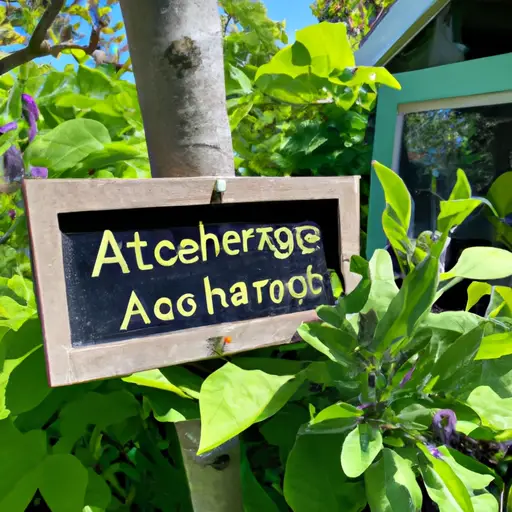How to Achieve Success with Container Gardening
Introduction:
Container gardening is a popular practice for individuals who want to enjoy the benefits of gardening but have limited space or are unable to cultivate a traditional backyard garden. Whether you have a small balcony, a window sill, or a tiny patio, container gardening allows you to grow a diverse range of plants and vegetables in compact containers. This article will provide you with essential tips and strategies for achieving success with container gardening, including selecting the right containers, choosing suitable plants, providing adequate care, and maximizing limited space.
Choosing the Right Containers:
The first step in achieving success with container gardening is choosing the right containers. Containers come in various sizes, shapes, and materials such as plastic, ceramic, metal, or even repurposed objects like buckets or old baskets. When selecting containers, ensure they have drainage holes at the bottom to prevent waterlogging and promote optimal root growth. Additionally, consider the size of your plants and their root systems; larger plants require larger pots for sufficient space to grow.
Selecting Suitable Plants:
After acquiring suitable containers, it’s time to select plants that are well-suited for container gardening. While most plants can be grown in containers, some are more compatible than others. Consider factors like sunlight requirements, water needs, temperature resilience, and how well they cope with confined spaces. For beginners or those with limited time for maintenance, it’s advisable to opt for low-maintenance plants such as herbs (like basil or mint), salad greens (such as lettuce or spinach), cherry tomatoes, peppers (capsicum), or dwarf varieties of fruits like strawberries.
Providing Adequate Care:
Successful container gardening requires providing adequate care to your plants. Essential elements include water requirements, soil quality maintenance through fertilization and proper drainage management.
Watering: Containers dry out more quickly compared to traditional gardens due to their limited soil volume. Therefore regular watering is crucial for healthy plant growth. The frequency of watering varies with plant types, pot size, and weather conditions. Monitor the soil moisture levels by inserting your finger one inch deep into the soil; if it feels dry, it’s time to water. To avoid overwatering, ensure the pots have drainage holes to allow excess water to escape.
Soil Quality: The quality of soil plays a vital role in container gardening success. Use a high-quality potting mix that is lightweight and well-draining. Avoid using garden soil as it may be too heavy and compact for containers, leading to poor root growth and water retention issues. Regularly replenish nutrients by applying organic fertilizers or slow-release granules as recommended for specific plants.
Drainage Management: To prevent waterlogging and root rot, ensure proper drainage in your containers by placing a layer of small pebbles or broken pottery shards at the bottom before adding soil. This helps excess water to drain freely from the pots.
Maximizing Limited Space:
One of the significant advantages of container gardening is its ability to maximize limited space effectively. Here are some strategies for optimizing your available area:
Vertical Gardening: Utilize vertical space by growing vining plants like cucumbers or climbing varieties such as beans on trellises or against walls. Install hanging baskets or vertical planters on walls or railings for additional planting areas.
Succession Planting: Incorporate succession planting by staggering planting times throughout the season. As one crop finishes, replace it with another one, thereby maximizing continuous harvests from a single container.
Companion Planting: Combine plants with different growth habits, such as tall plants with trailing ones or fast-growing vegetables alongside slow-growing ornamentals. This way, you can utilize multiple layers within a single container efficiently.
Conclusion:
Container gardening is an excellent option for individuals who desire to experience the joys of gardening even with limited space or resources. With careful planning and consideration for the right containers, suitable plants, and adequate care, anyone can achieve success with container gardening. Remember to choose appropriate containers with proper drainage, select plants compatible with container gardening, provide adequate care through watering, soil maintenance, and drainage management. By maximizing your limited space through techniques like vertical gardening, succession planting, and companion planting, you will have a thriving container garden that brings beauty and sustenance to your surroundings.














